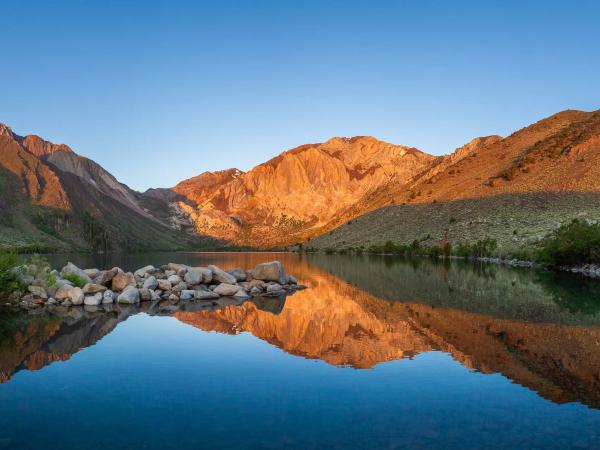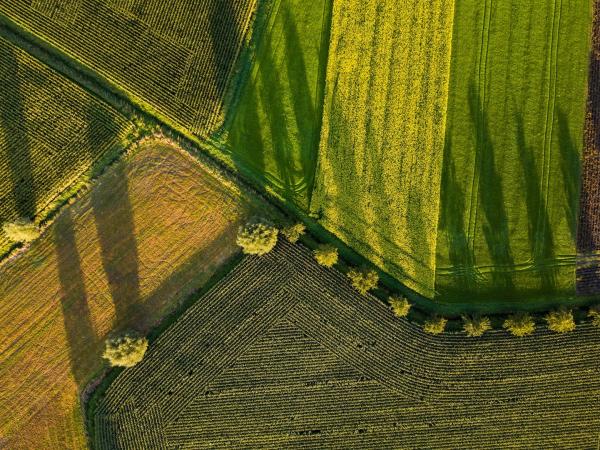
When mudslides swept through Montecito in January 2018, Santa Barbara County was left with the subsequent task of determining where to relocate all the displaced debris. A propitious solution presented itself: the material could be used to build up some of the local beaches that have been eroding into the ocean.
The county quickly began transporting material to enrich the popular Goleta Beach, situated just east of UC Santa Barbara, where coastal erosion has been an ongoing issue.
For a number of years, researchers in the lab of Professor Patricia Holden have tracked the water quality in the vicinity, and the relocated debris gave them a new research opportunity. They were perfectly positioned to monitor how the new sediment affected the location.
Their findings were at first a bit alarming. The fill showed evidence of human waste contamination. Fortunately, however, the contamination appeared to dissipate after only a couple of weeks. The researchers’ study appears in the journal Water Research.
Dong Li, a postdoctoral researcher in the Holden Lab, and his collaborators began monitoring the water quality just a few days after the county started transporting sediment to the beach, and continued taking measurements for about six months. During this time, they detected a number of bacteria associated with fecal matter, Li explained, but the source of these bacteria was not clear at the time. “They might have come from human waste, which usually contains human pathogens, or animal waste, which generally poses much less risk for human health,” he said.
Further testing revealed human waste as the source. This didn’t come as a total surprise to the researchers. The debris flow had damaged or destroyed a number of septic tanks and sewer systems, which likely allowed waste to leak into the sediment.
That said, the microbial contamination declined relatively quickly after the sediment was added, probably due to the fresh, nearshore water brought in by ocean currents. “The fact that ocean currents remediated the contamination after just one to two weeks was really astonishing,” Li remarked.
Based on their results, Li believes contamination from enrichment projects like this is highly unlikely to pose a long-term threat to public health, at least from a microbial perspective. However, he noted, in the future, landslide sediment should be tested to determine its potential microbial risks to human health before it is disposed of in this manner.
Read the full article: The UCSB Current
Credit: Harrison Tasoff



